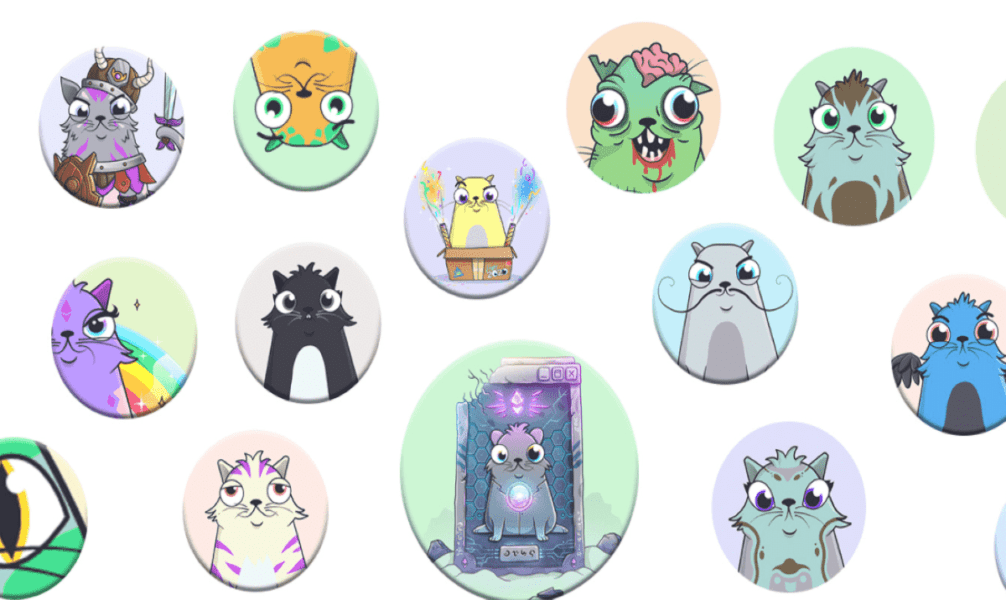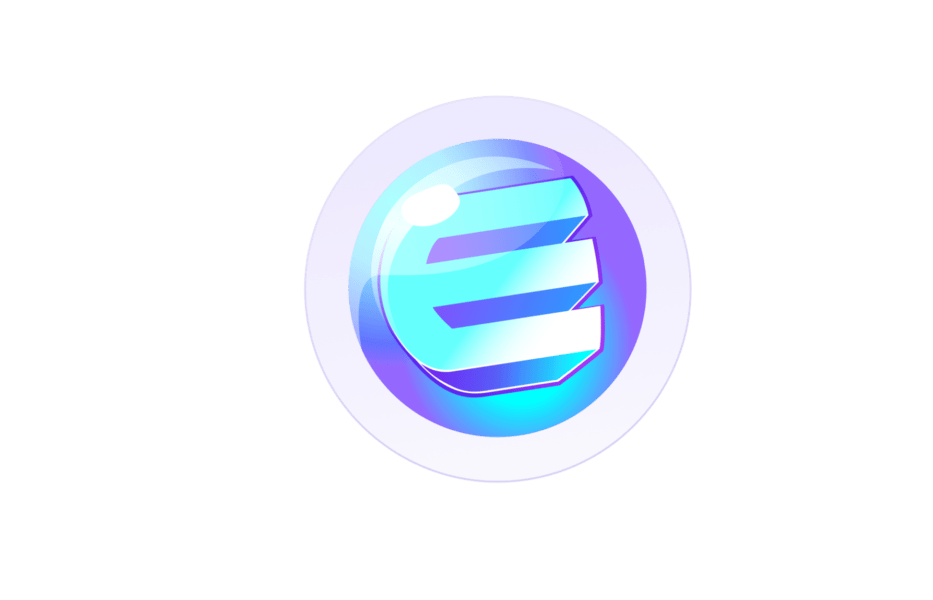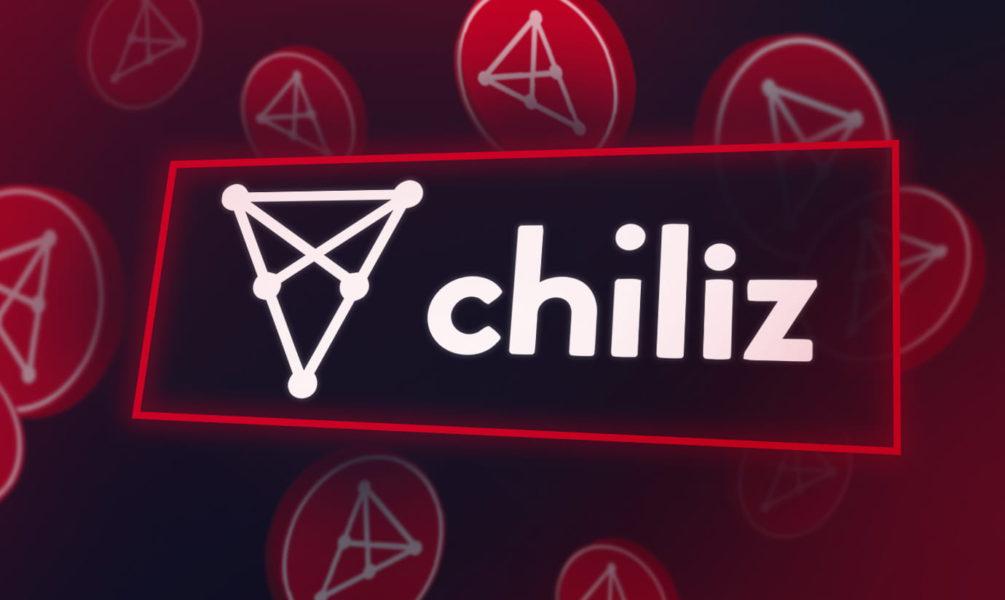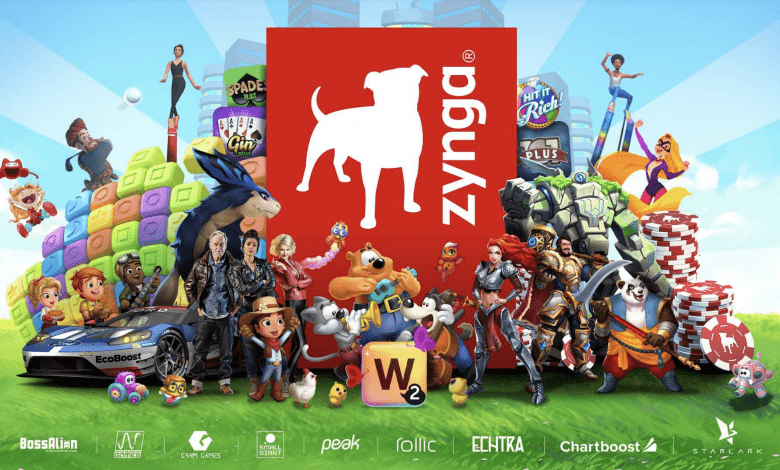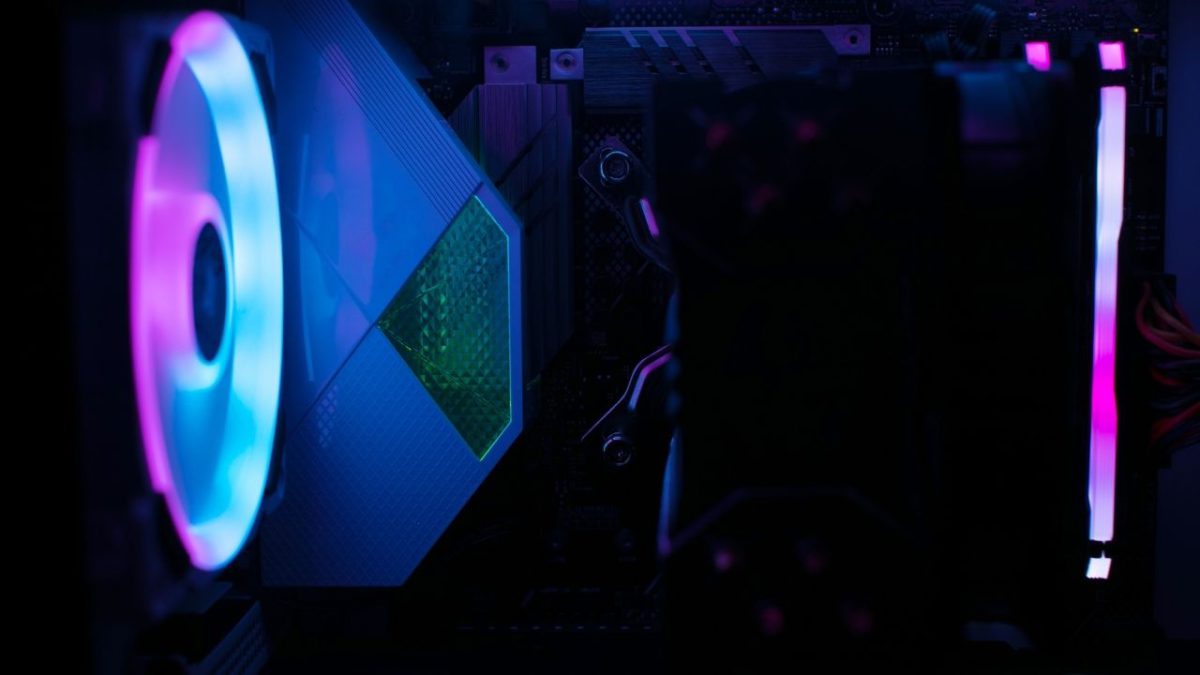Top 10 Shocking Reasons To Why Is Blockchain Gaming Offering NFTs As In game assets
1. True Ownership and Scarcity:
One of the fundamental advantages of NFTs in blockchain gaming is the concept of true ownership. Unlike traditional in-game assets, NFTs are unique, indivisible tokens that are stored on a blockchain. This means that players have genuine ownership of their in-game items, characters, or assets, backed by the transparency and immutability of blockchain technology. The scarcity and uniqueness conferred by NFTs create a sense of rarity and exclusivity, adding significant value to virtual possessions.
2. Interoperability Across Games:
NFTs provide a standardized format for representing digital assets, enabling interoperability across different games and platforms. This interoperability allows players to use their NFTs in various gaming environments, fostering a seamless experience as they move between virtual worlds. This interconnectedness enhances the versatility and utility of in-game assets, providing players with a broader range of possibilities for their digital possessions.
3. Player-driven Economies:
The introduction of NFTs transforms in-game economies into player-driven ecosystems. Players can buy, sell, and trade NFTs on decentralized marketplaces, creating a vibrant and dynamic economy within the gaming environment. This player-centric model empowers users to determine the value of their virtual assets, leading to a more engaged and active gaming community.
4. Monetization and Play-to-Earn Models:
NFTs introduce a groundbreaking play-to-earn model, where players can monetize their in-game achievements. By owning and trading NFTs, players can earn cryptocurrency or other tangible rewards. This economic incentive transforms gaming from a leisure activity into a potential source of income, attracting a broader audience and changing the traditional gaming paradigm.
5. Immutable Ownership Records:
Blockchain technology ensures the immutability of ownership records associated with NFTs. This transparency eliminates disputes over ownership and provenance of in-game assets. Players can trace the entire history of their NFTs, enhancing trust and accountability within the gaming community. This feature is particularly valuable in combating fraud and unauthorized duplication of virtual items.
6. Decentralized Marketplaces:
NFTs enable the creation of decentralized marketplaces where players can freely buy, sell, and trade their virtual assets without the need for intermediaries. This decentralized approach democratizes the trading process, giving players more control over their transactions and reducing the influence of centralized entities.
7. Community Engagement and Governance:
The integration of NFTs often comes hand-in-hand with decentralized governance models. Tokenized assets can be used to influence in-game decisions through voting mechanisms, allowing players to actively participate in the development and evolution of the gaming environment. This community engagement strengthens the bond between players and developers, fostering a collaborative and inclusive gaming experience.
8. Innovative Game Design:
NFTs open the door to innovative game design concepts. Game developers can create unique experiences where players’ actions and ownership of NFTs impact the narrative, gameplay, or even the virtual world itself. This flexibility in design encourages creativity and experimentation, leading to novel and engaging gaming experiences.
9. Global Accessibility:
Blockchain technology and NFTs provide a global framework for ownership and trade. Players from different parts of the world can participate in the same virtual economy without the constraints of traditional gaming platforms. This global accessibility broadens the player base and fosters a diverse and interconnected gaming community.
10. Cultural Impact and Digital Collectibles:
NFTs have introduced a new form of digital collectibles with cultural significance. From digital art to virtual fashion, NFTs go beyond traditional in-game assets, allowing players to express their individuality and contribute to a digital cultural landscape. This cultural impact adds an extra layer of meaning to the virtual possessions owned by players.
Also, read – Blockchain and NFTs Bring Latest Trends The Future of Gaming
Why is Blockchain gaming more than just NFTs and crypto?
1. True Ownership of In-Game Assets:
Blockchain gaming introduces the concept of true ownership, facilitated by blockchain technology. Players have direct control over their in-game assets, whether they are characters, items, or virtual real estate. This ownership is recorded on a blockchain, ensuring transparency, security, and the ability to transfer assets seamlessly between players and games.
2. Decentralization and Player Empowerment:
Beyond NFTs and crypto, blockchain gaming embodies the principles of decentralization. Game development, asset creation, and governance can be distributed across a decentralized network, empowering players to have a more significant say in the direction and decisions of the virtual worlds they inhabit. This decentralized approach fosters a sense of community and shared ownership among players.
3. Smart Contracts for Transparent Gameplay:
Smart contracts, self-executing code on a blockchain, enhance the transparency and fairness of gameplay. These contracts automate various aspects of gaming, from in-game transactions to the distribution of rewards. Smart contracts eliminate the need for centralized intermediaries, reducing the potential for fraud and ensuring a more equitable gaming experience.
4. Interoperability Between Games:
Blockchain gaming facilitates interoperability, allowing assets and currencies to move seamlessly between different games and platforms. This interoperability expands the scope of virtual worlds, enabling players to carry their assets and achievements across diverse gaming ecosystems. This interconnectedness enhances the overall gaming experience and promotes a fluid movement of assets.
5. Monetization Through Play-to-Earn Models:
Blockchain gaming introduces play-to-earn models, where players can monetize their in-game activities. By earning cryptocurrencies or other tangible rewards through gameplay, players can turn their hobby into a source of income. This economic incentive attracts a broader audience and transforms gaming from a leisure activity into a potential livelihood.
6. Immutable Ownership Records and Anti-Fraud Measures:
The use of blockchain ensures immutable ownership records for in-game assets. This transparency and incorruptibility eliminate issues related to fraud, unauthorized duplication, or disputes over ownership. Players can trust that their virtual possessions are secure and verifiable, contributing to a more secure and trustworthy gaming environment.
7. Decentralized Marketplaces for Virtual Assets:
Blockchain gaming facilitates decentralized marketplaces where players can buy, sell, and trade virtual assets directly. This decentralized approach democratizes the trading process, giving players greater control over their transactions and reducing reliance on centralized entities. This peer-to-peer model enhances the overall economic dynamics within virtual worlds.
8. Innovative Game Design and Tokenization:
Beyond NFTs, blockchain enables innovative game design concepts. Tokenization allows for the creation of unique in-game assets, which can represent anything from characters to virtual real estate. Developers can experiment with novel gameplay mechanics, such as incorporating blockchain-based assets that impact the narrative or game dynamics.
9. Community Governance and Engagement:
Blockchain gaming often incorporates decentralized governance models, allowing players to actively participate in the decision-making processes of the virtual world. Tokenized governance enables players to vote on proposed changes, fostering a sense of community engagement and ensuring that the gaming environment evolves in alignment with the desires of its user base.
10. Global Accessibility and Cross-Border Transactions:
Blockchain gaming transcends geographical boundaries, providing global accessibility to players worldwide. Cryptocurrencies enable cross-border transactions without the need for traditional financial intermediaries. This accessibility broadens the player base, fostering a diverse and interconnected gaming community.
Blockchain gaming is a holistic transformation of the gaming industry, encompassing true ownership, decentralization, smart contracts, interoperability, play-to-earn models, and innovative game design. While NFTs and cryptocurrencies play crucial roles, the broader adoption of blockchain technology fundamentally alters the dynamics of virtual worlds, placing more control and economic opportunities in the hands of players. This multifaceted approach is shaping a new era of gaming that goes beyond mere entertainment, offering a convergence of technology, economics, and community-driven experiences.
Top 10 Blockchain gaming offering NFTs as highlights
Decentraland (MANA):
Highlight: Decentraland is a decentralized virtual world where users can buy, sell, and develop parcels of land. The platform utilizes its native cryptocurrency, MANA, and prominently features NFTs for ownership of virtual real estate, digital assets, and wearables. Users can trade these NFTs on decentralized marketplaces within the Metaverse.
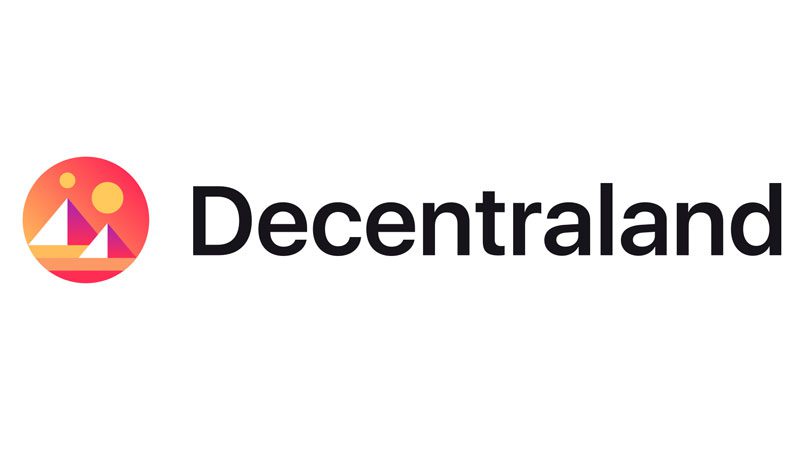
Axie Infinity (AXS):
Highlight: Axie Infinity is a blockchain-based play-to-earn game where players collect, breed, and battle fantasy creatures known as Axies. The game’s native cryptocurrency, AXS, serves various purposes, including governance, staking, and rewarding players. NFTs represent unique Axies and other in-game assets, allowing players to truly own and trade their digital possessions.
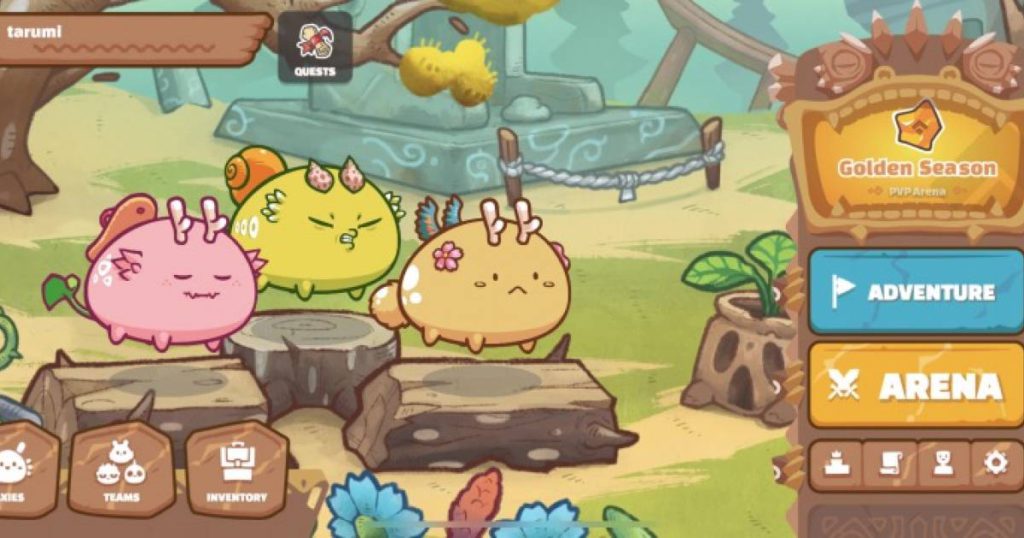
CryptoKitties (ETH):
Highlight: CryptoKitties, built on the Ethereum blockchain, is a pioneering blockchain game where players collect, breed, and trade digital cats. Each CryptoKitty is represented by an NFT, emphasizing ownership and scarcity. The game gained widespread attention for its innovative use of NFTs and has contributed significantly to popularizing blockchain-based collectibles.
The Sandbox (SAND):
Highlight: The Sandbox is a virtual world and gaming platform that leverages blockchain technology. SAND is the platform’s native cryptocurrency, and NFTs play a central role in representing virtual assets, including land, characters, and game assets. The platform empowers users to create, share, and monetize their gaming experiences through NFTs.
Enjin (ENJ):
Highlight: Enjin is a blockchain ecosystem that enables the creation of tokenized gaming assets. The Enjin Coin (ENJ) serves as the native cryptocurrency, and the platform emphasizes NFTs for creating and managing virtual items. Enjin’s suite of tools allows game developers to integrate NFTs seamlessly into their games, providing players with true ownership.
MyNeighborAlice (ALICE):
Highlight: MyNeighborAlice is a blockchain-based multiplayer online game where players can buy, own, and develop virtual islands. The in-game currency, ALICE, is represented as an NFT, allowing players to trade and own virtual real estate. The game showcases how NFTs can be utilized for ownership of digital assets within a blockchain gaming environment.
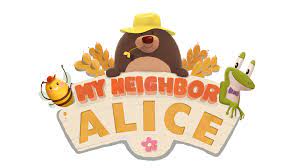
Chiliz (CHZ) – Socios.com:
Highlight: Socios.com, powered by Chiliz (CHZ), is a blockchain-based platform that connects sports teams with their fans through fan tokens. These fan tokens, represented as NFTs, enable fans to participate in club-related decisions and engage in a unique form of interactive fandom. Chiliz illustrates the use of NFTs beyond traditional gaming, integrating them into sports-related experiences.
Alien Worlds (TLM):
Highlight: Alien Worlds is a decentralized metaverse where players can mine, trade, and govern. The in-game currency, TLM (Trilium), is represented as an NFT and is used for various activities within the game. The integration of NFTs adds a layer of ownership and uniqueness to in-game assets, contributing to the immersive gaming experience.
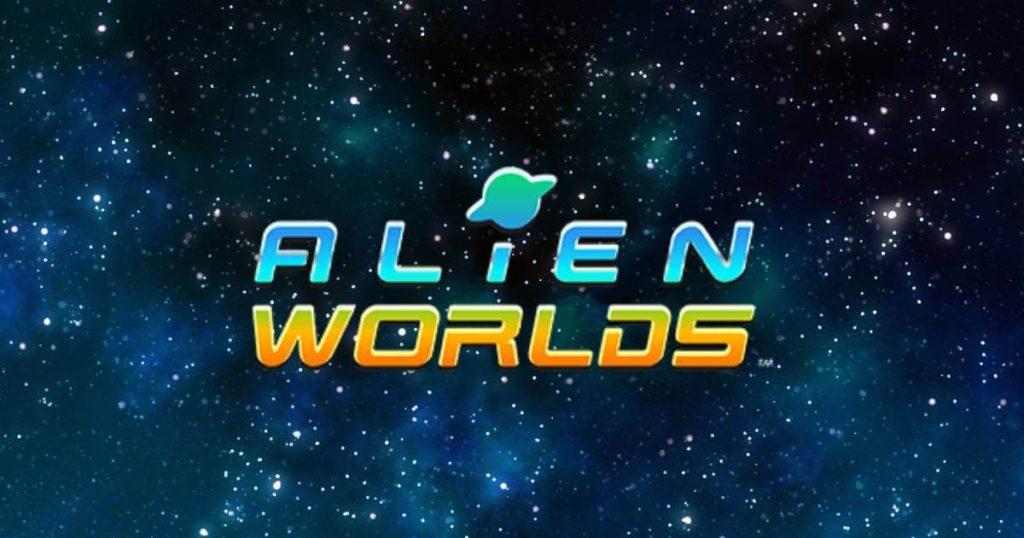
Sorare (Sorare Fan Token):
Highlight: Sorare is a blockchain-based fantasy football game that utilizes fan tokens as NFTs. These tokens represent different football clubs, and users can collect, trade, and play with them. The integration of NFTs adds a collectible and ownership dimension to the gaming experience, combining sports fandom with blockchain technology.

Lost Relics (ENJ):
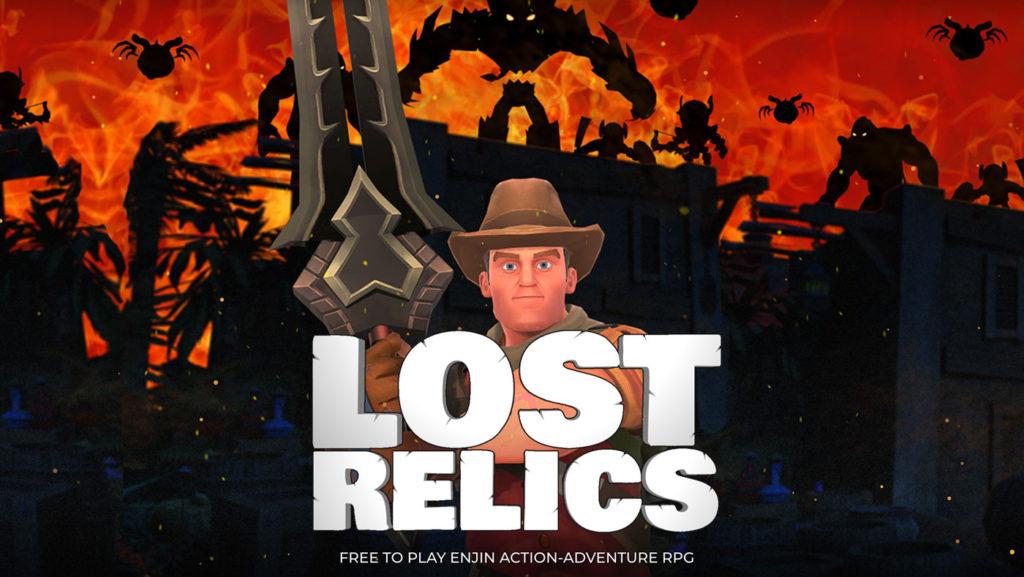
Highlight: Lost Relics is an action-adventure RPG that incorporates blockchain technology and Enjin’s ecosystem. The game utilizes ENJ-backed NFTs for items, equipment, and characters. Players can truly own, trade, and sell these NFTs, adding a layer of value and rarity to their in-game possessions.
These blockchain gaming projects showcase the versatility and impact of NFTs within virtual worlds. From virtual real estate to unique characters and in-game assets, NFTs are redefining ownership and value in gaming, creating a new paradigm where players have true control over their digital possessions.
Conclusion
In conclusion, the incorporation of NFTs into blockchain gaming represents a transformative shift in the gaming industry. The combination of true ownership, interoperability, player-driven economies, and innovative game design creates a dynamic and engaging gaming experience. As blockchain gaming continues to evolve, NFTs are likely to play an increasingly central role, shaping the future of virtual worlds and redefining the relationship between players and their in-game assets.
Stay informed with daily updates from Blockchain Magazine on Google News. Click here to follow us and mark as favorite: [Blockchain Magazine on Google News].
editor's pick
Get Blockchain Insights In Inbox
Stay ahead of the curve with expert analysis and market updates.
latest from tech
Disclaimer: Any post shared by a third-party agency are sponsored and Blockchain Magazine has no views on any such posts. The views and opinions expressed in this post are those of the clients and do not necessarily reflect the official policy or position of Blockchain Magazine. The information provided in this post is for informational purposes only and should not be considered as financial, investment, or professional advice. Blockchain Magazine does not endorse or promote any specific products, services, or companies mentioned in this posts. Readers are encouraged to conduct their own research and consult with a qualified professional before making any financial decisions.

 Bitcoin
Bitcoin  Ethereum
Ethereum  Tether
Tether  Solana
Solana  XRP
XRP  Dogecoin
Dogecoin  USDC
USDC  Lido Staked Ether
Lido Staked Ether  Cardano
Cardano  TRON
TRON  Avalanche
Avalanche  Shiba Inu
Shiba Inu  Wrapped stETH
Wrapped stETH  Wrapped Bitcoin
Wrapped Bitcoin  Toncoin
Toncoin  Sui
Sui  Bitcoin Cash
Bitcoin Cash  WETH
WETH  Chainlink
Chainlink  Polkadot
Polkadot  Pepe
Pepe  Stellar
Stellar  LEO Token
LEO Token  NEAR Protocol
NEAR Protocol  Litecoin
Litecoin  Aptos
Aptos  Wrapped eETH
Wrapped eETH  Uniswap
Uniswap  Cronos
Cronos  USDS
USDS  Hedera
Hedera  Internet Computer
Internet Computer  Ethereum Classic
Ethereum Classic  Bonk
Bonk  Render
Render  POL (ex-MATIC)
POL (ex-MATIC)  Bittensor
Bittensor  Ethena USDe
Ethena USDe  WhiteBIT Coin
WhiteBIT Coin  Dai
Dai  dogwifhat
dogwifhat  MANTRA
MANTRA  Artificial Superintelligence Alliance
Artificial Superintelligence Alliance  Arbitrum
Arbitrum  Monero
Monero  Stacks
Stacks  Mantle
Mantle  Filecoin
Filecoin 
